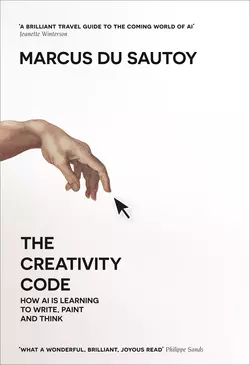The Creativity Code: How AI is learning to write, paint and think

Marcus Sautoy
Тип: электронная книга
Жанр: Современная зарубежная литература
Язык: на английском языке
Стоимость: 2327.42 ₽
Издательство: HarperCollins
Дата публикации: 16.04.2024
Отзывы: Пока нет Добавить отзыв
О книге: As a species, we have an extraordinary ability to create works of art that elevate, expand and transform what it means to be human. The novels of Henry James can communicate the inner world of one human being to another. The music of Wagner or Schubert takes us on an emotional rollercoaster ride as we give ourselves up to their sublime sounds.These are the expressions of what Marcus du Sautoy calls ‘the creativity code’. Yet some believe that the new developments in AI and machine learning are so sophisticated that they can learn what it means to be human – that they can crack the code.• Technology has always allowed us to extend our understanding of being human. But will the new tools of AI allow to us to create in different ways?• Could recent developments in AI and machine learning also mean that it is no longer just human beings who can create art?• And creativity, like consciousness, is one of those words that is hard to pin down: what is it that we are challenging these machines to do?In The Creativity Code, Marcus du Sautoy examines what these new developments might mean, for both the creative arts and his own subject, mathematics. From the Turing test to AlphaGo, are there limits to what algorithms can achieve, or might they be able to perfectly mimic human creativity? And what’s more, could they help Marcus to see more deeply into the complex mathematical problems with which he so often wrestles?